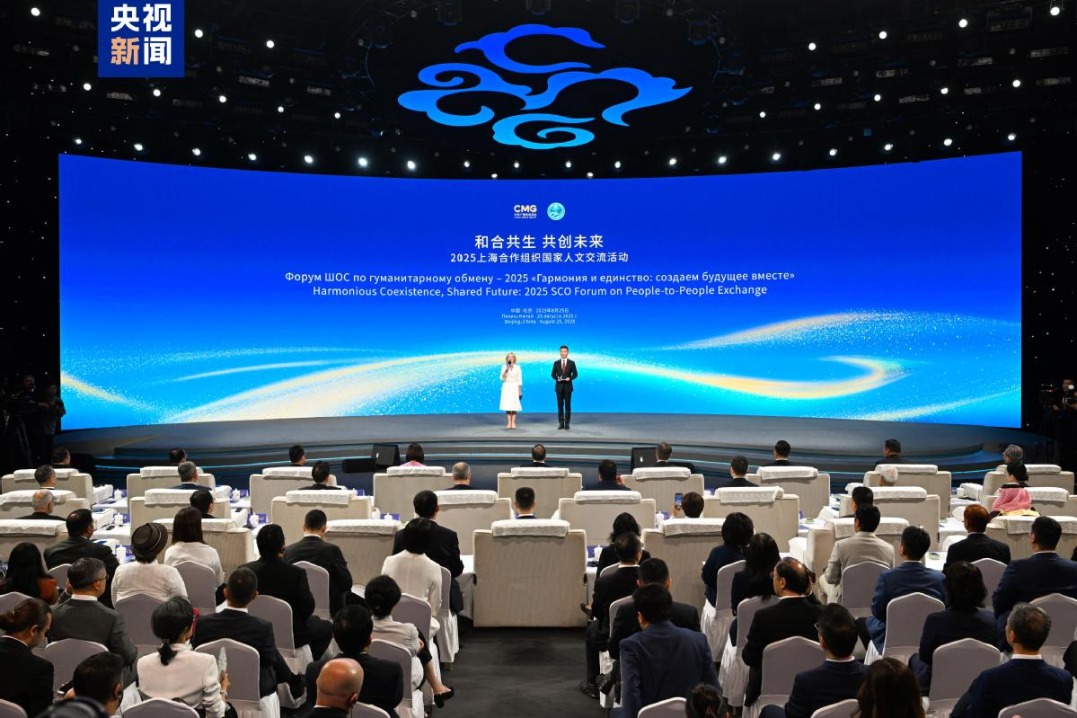Tech for services is treatment for Baumol's disease


With the service industry accounting for an increasing proportion of the national economy, people are becoming acquainted with Baumol's Cost Disease, which refers to the tendency for costs and prices to rise in sectors such as education, healthcare and the arts, even though the productivity of those industries hasn't increased.
The price rises in the service sector, which falls behind the development of the manufacturing industry in China, is fueled by the increasing cost of labor, rents and raw material prices. That means if the productivity of the service industry does not progress, the expansion of its share in the national economy, which is a goal of the government's restructuring policies, will dampen the overall economic growth rate.
To cure this "disease", some suggest reducing the proportion of the service industry in the economy. But that will only push up the prices of goods and services in these sectors to no one's benefit.
If manufacturing technology advances rapidly, a large increase in manufactured goods will lead to a demand for services. However, due to the slow technological progress of the service industry, the supply of services is in short supply, so the price of services will rise rapidly. This helps explain why prices for services such as healthcare and education are rising rapidly in many developed countries.
The rational solution is to enhance the productivity of the service sector.
The manufacturing and service industries are largely complementary. Machines and equipment produced by manufacturing can become auxiliary tools for service industries such as education and healthcare, but cannot completely replace the role of human beings.
So the manufacturing industry is the "long board" of a cask with rapid technological progress, while the service industry with slow technological progress is more likely to become the "short board". To balance the economy, policymakers need to address the weak links by channeling more resources to the service sector.
The crux is to raise productivity in services and narrow the productivity gap between the service industry and manufacturing. This requires the large-scale application of artificial intelligence and other new technologies in the service industry, and the removal of unreasonable institutional constraints on the service industry.


































